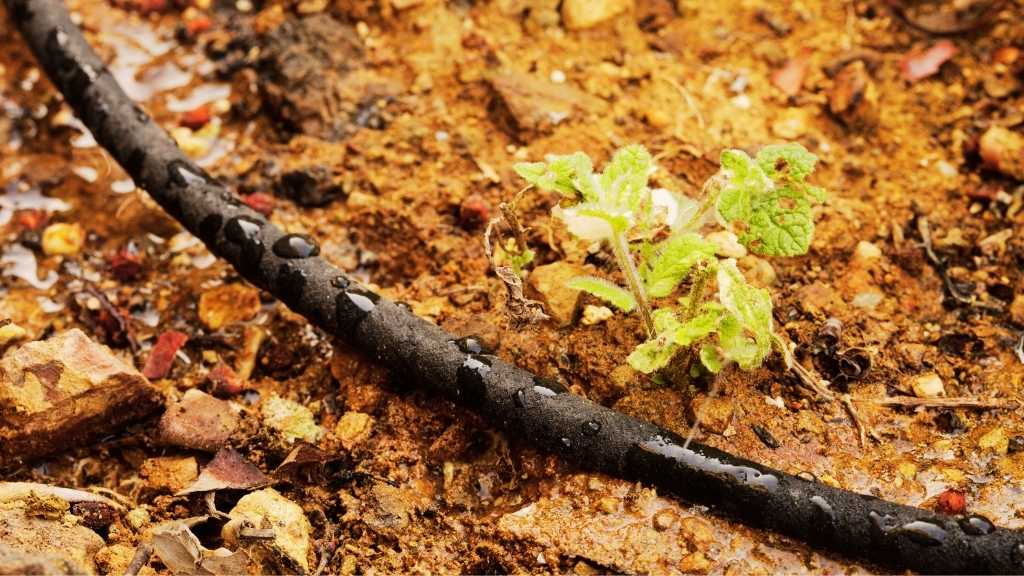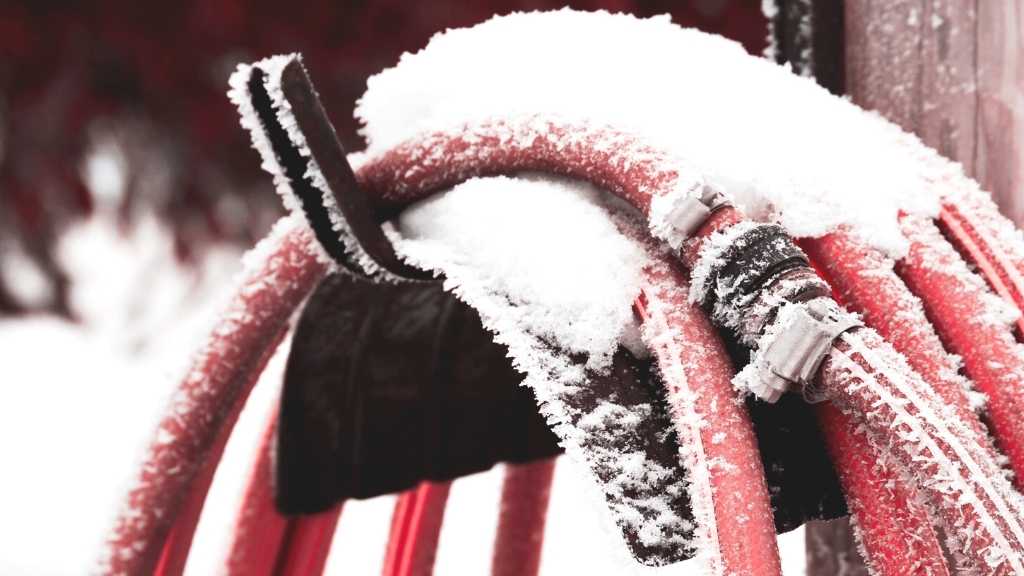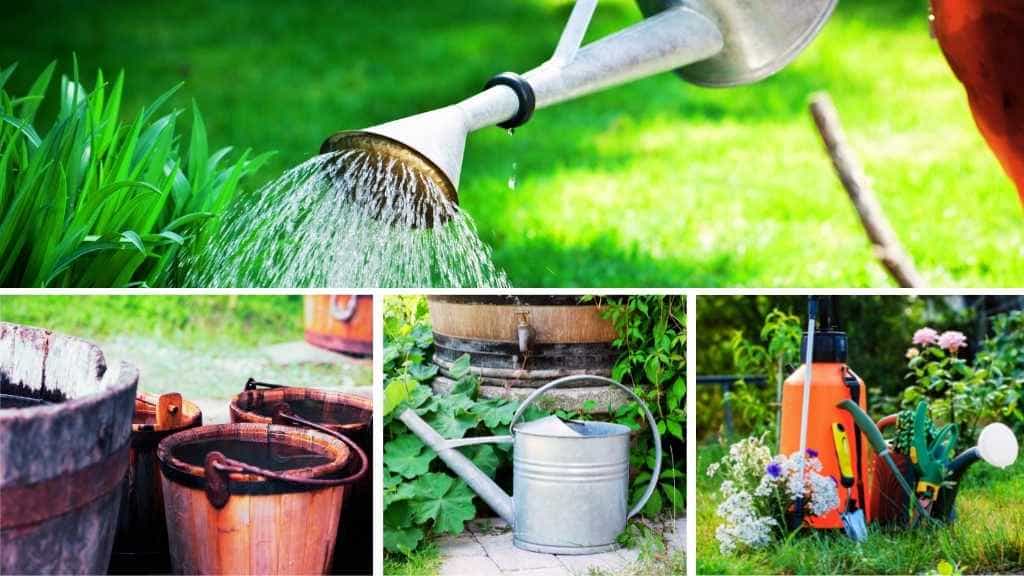We all understand how crucial a clean environment is and the critical role it plays for both our physical and mental health. Recycling is the key to obtaining and maintaining a clean and safe surrounding environment and we can all play our small part for the greater good of our planet.
Even if we can recycle most of the tools and accessories we usually use when it comes to our garden water hose the environment-friendly disposal options are a bit limited. So, is recycling garden hoses an available option?
Are Garden Hoses Recyclable?
Garden hoses can’t be recycled, even if it may seem like they are made of plastic or rubber. This happens on one side because of the mixture of materials that are used in the hose-making process, and on the other side because of the risks that the recycling process involves for the sorting facilities, from transportation lines to the waste processing types of machinery, and for the workers handling those pieces of machinery and recycling systems. Therefore, do not dispose of it in the recycle bin, it is recommended that you place your used garden hose in the trash bin instead.
Having in mind that there is no environmentally friendly way to dispose of our old and unusable water hoses, we found one available option that helps us contribute to the recycling circle.
While we understand why recycling garden hoses is not a valid option, we found some brands that sell hoses partially made of recycled materials and we chose to take a closer look at those brands. Seems that the functionality and durability of the water hose are not affected in any way and, therefore, we believe this is the perfect way to make our contribution to environmental sustainability.
Even if the classic recycling options are not suitable for the water hoses, instead of just throwing them into the trash bin, there are other ways to continue using your old garden hoses. Continue reading below about other ways you can start giving a new purpose to your old water hoses and continue using them in more creative ways.
There are tons of creative ideas on how to repurpose an old and used water hose, but we personally find the below two options to be the best ways to keep using the garden hoses even longer after you thought their lifespan has reached its end. We can look at these options as an out-of-the-box type of workaround to recycling our garden hoses.
- Perform simple, inexpensive repairs to fix different damages on your water hose and continue using it
- Turn your old hose into a soaker system, repurpose the garden hose
How to Repair a Garden Hose?
Depending on the type of damage there are several quick ways to fix a hose. The most common issue with hoses is the leaking on one of the two ends and even in sporadic sections of the hose. This happens because of small or larger cracks which are very often with old hoses that you have used for more than three seasons.
No worries, we have some ideas you can try, and in most cases, the length of the garden hose will allow you to perform the below damage fixes by yourself.
It is important to note that every hose has a female end and a male end. The female end is used for connecting the garden hose to the faucet or outdoor hose bib and the male end is used for connecting the hose to a sprayer or other similar accessory you might want to use. If you can observe any leakage on either the female end or the male end, you can consider performing the actions detailed below:
- Perform a straight cut to remove the damaged section of the hose end. For an easy, fine cut you can use garden shears, scissors, or a knife.
- Insert the male or female fitting into the hose end
- Attach a clamp onto the hose by ensuring it also grabs the male or female fitting
- Tighten the clamp down to the hose
- Attach the hose to either the faucet or to a sprayer, depending on which of the two ends you fixed
If the leakage is in a different section of the hose, or if there are several sections that have holes or leaks, you can perform the below actions:
- Determine the size of the damaged section of the hose, then cut and remove that section using a pair of garden shears, scissors, or a knife like advised above
- Grab a regular copper pipe. The standard one is half an inch in diameter, and it should be a correct match for most of the hoses. Cut a piece of the pipe of enough length to fit both ends of the hose. Usually, the length should be five or more inches
- Insert a piece of copper pipe into one end of the hose, secure it with a hose clamp and tighten it as much as you can
- Repeat the above step with the second end of the garden hose but this time insert the copper pipe in the second end of the hose as deep as needed for the two ends to connect. Secure it with a second hose clamp and tighten it down
How to Turn a Hose Into a Garden Soaker Hose? A Recycling Alternative

We can always use a damaged hose to turn it into some type of drip watering system.
This is one of our favorite ways to use a garden hose for the longest time possible. Basically, what we do is take an old water hose, perform any needed fixed as described in the two situations above, and then continue with the below steps:
- Connect a hose cap to the male end of the hose. The purpose of the cap is to stop the water flow and therefore to create enough pressure within the hose while the water is turned on. This will create a sprinkling irrigation effect along the hose length.
- Grab a hand drill and set it up with a small drill bit or a medium one, depending on the thickness of your hose. For thicker hoses, you will need a medium drill bit.
- Drill holes across the length of the old hose but make sure you only create the hole on one side of the hose. The distance between the holes is of your choice depending on the garden surface and the number of plants that you need to water with this handmade watering system.
- Connect the female end to the faucet
- Start spreading the hose in the desired garden area that you need to water. You can shape it as desired but make sure that the holes are facing to the right or left side and not towards the ground.
- Start using your new soaker hose by turning on the water supply.
Conclusion
Recycling garden hoses involves increased risks for both the workers in the field and for the recycling installations and lines that most of the recycling companies on the market have. This is why garden hoses are considered non-recyclable.
However, we can still do our part in terms of sustainability and cutting waste. We can achieve this by taking the time to do the proper research before making buying decision so we can choose the right type of garden hose from the beginning. We can also take some other actions such as using the garden hoses for their entire lifespan, doing our best to increase their life expectancy, doing repairs using the available repair kits and methods, and giving our water hoses new purposes once they are damaged.



